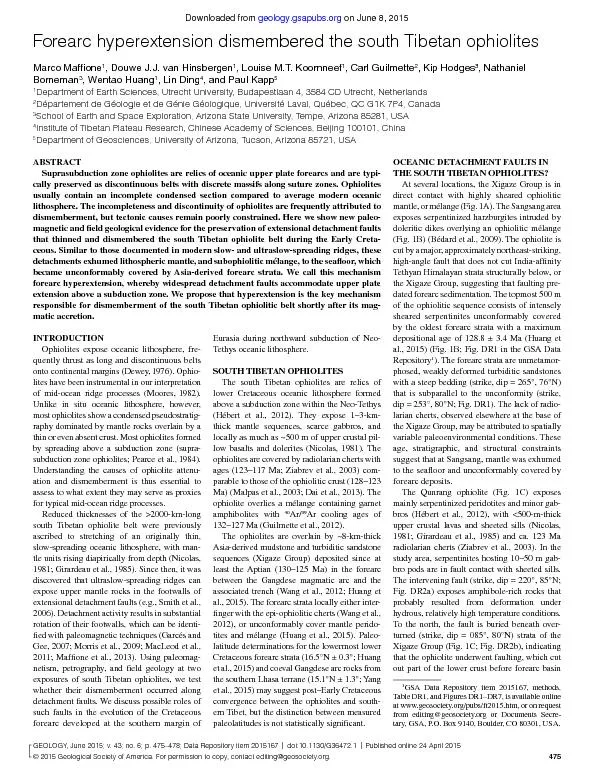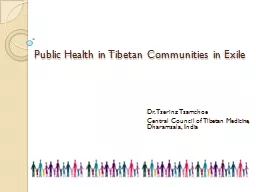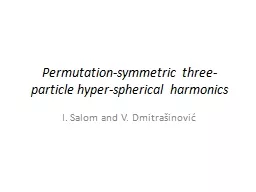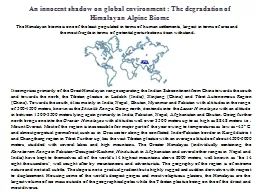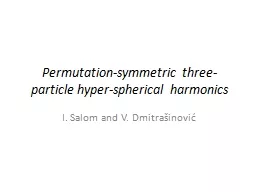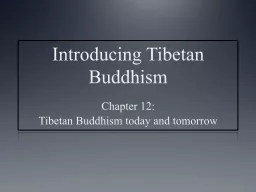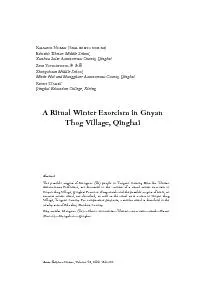PDF-Forearc hyper extension dismembered in south tibetan ophiolites
Author : danika-pritchard | Published Date : 2017-04-12
GEOLOGY olume 43 Number 6 Forearc hyperextension dismembered the south Tibetan ophiolites Louise MT Koornneef Wentao Huang 1 GSA Data Repository item 2015167
Presentation Embed Code
Download Presentation
Download Presentation The PPT/PDF document "Forearc hyper extension dismembered in s..." is the property of its rightful owner. Permission is granted to download and print the materials on this website for personal, non-commercial use only, and to display it on your personal computer provided you do not modify the materials and that you retain all copyright notices contained in the materials. By downloading content from our website, you accept the terms of this agreement.
Forearc hyper extension dismembered in south tibetan ophiolites: Transcript
Download Rules Of Document
"Forearc hyper extension dismembered in south tibetan ophiolites"The content belongs to its owner. You may download and print it for personal use, without modification, and keep all copyright notices. By downloading, you agree to these terms.
Related Documents

